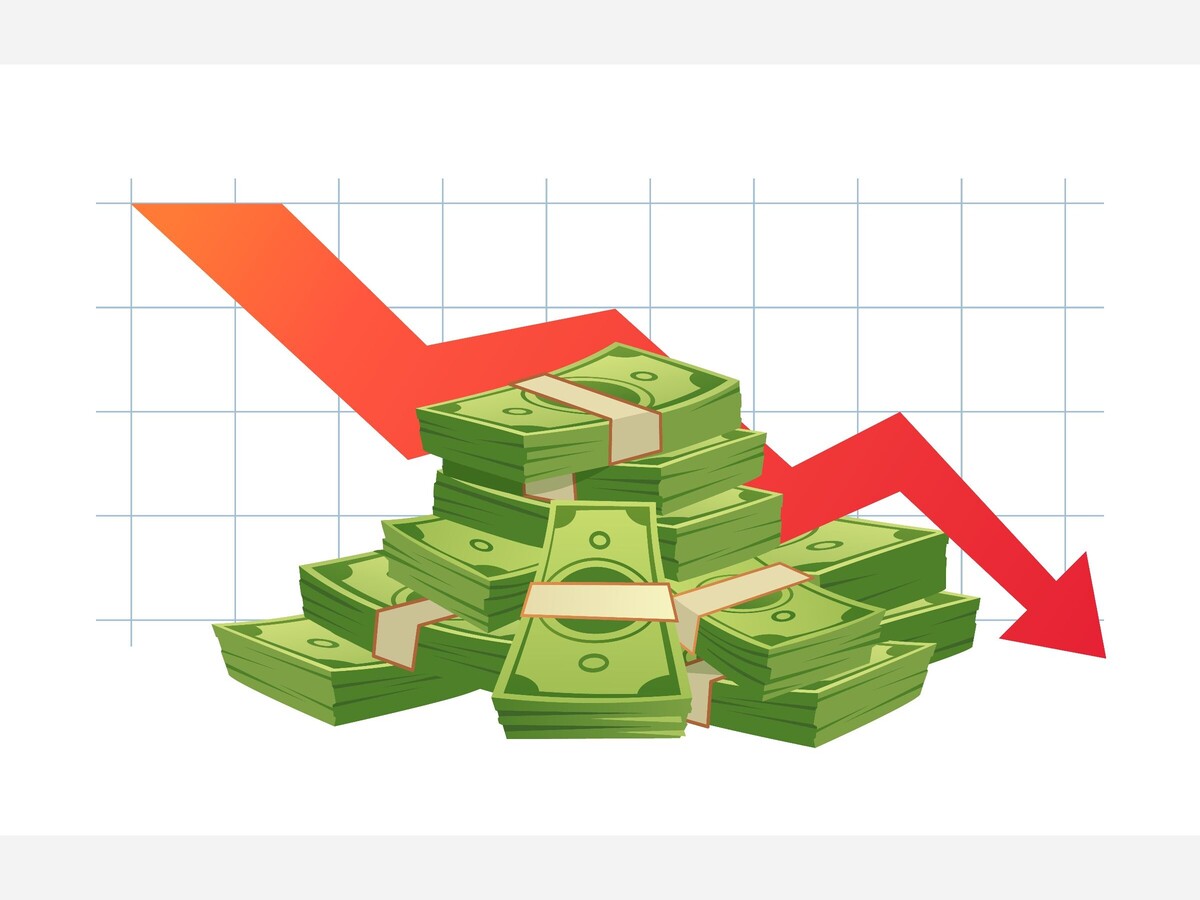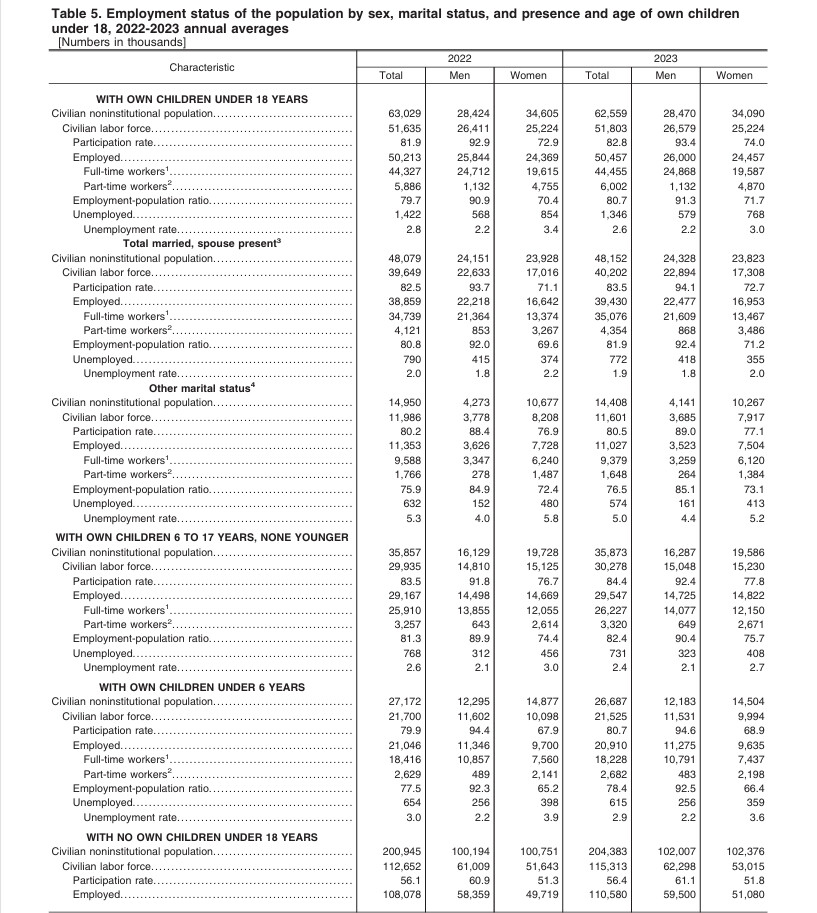Image


According to USA Today
"The Sahm rule is named for noted economist Claudia Sahm, who has accurately forecast every U.S. recession since the 1970s. Basically the rule says that if the jobless rate, based on a three-month average, is a half percentage point above its lowest point over the previous 12 months, the economy has tipped into a recession."
However, Claudia Sahm was born in 1976.
Elsewhere, in a Bloomberg interview the Sahm rule is defined as
if the unemployment rate rises more than half a percentage point within a one year period the US is in a recession.
Claudia Sahm has previously worked from 2007- 2017 for the Federal Reserve Board, and a member of the Obama administration. and also maintains the economics blog MacroMom and economics newsletter Stay-At-Home Macro
"My case for a 50 basis point cut consists of two parts: one related to inflation and the other to employment. It’s a data-driven argument that does not rely on the risks of a recession, though risk management arguments for 50 basis points are compelling, too."
The Sahm Rule, Explained (By Claudia Sahm) – BNN Bloomberg
Sahm Recession Indicator signals the start of a recession when the three-month moving average of the national unemployment rate (U3) rises by 0.50 percentage points or more relative to the minimum of the three-month averages from the previous 12 months.
Real-time Sahm Rule Recession Indicator (SAHMREALTIME) | FRED | St. Louis Fed
-----------------------------------------------------------
But does the SAHM rule include in their calculations a different SAHM? "Stay-at-home-Mothers" or those families with one parent no longer in the work force; especially after the Covid-19 shutdown when many families decided to adjust their life, budget, even residency, to accommodate one parent continuing to reinforce the family structure, even to the point of education at home.
Does not including those who lost a job and then decided to "leave the work-force" cause a misappropriation of statistics on job-loss or unemployment?
A 2014 Pew Research observation
A 2014 Bureau of Labor Statistics report suggested
A 2023 Pew Research observation
April 2024 Bureau of Labor Statistics report (w/out phrase stay-at-home) suggested

